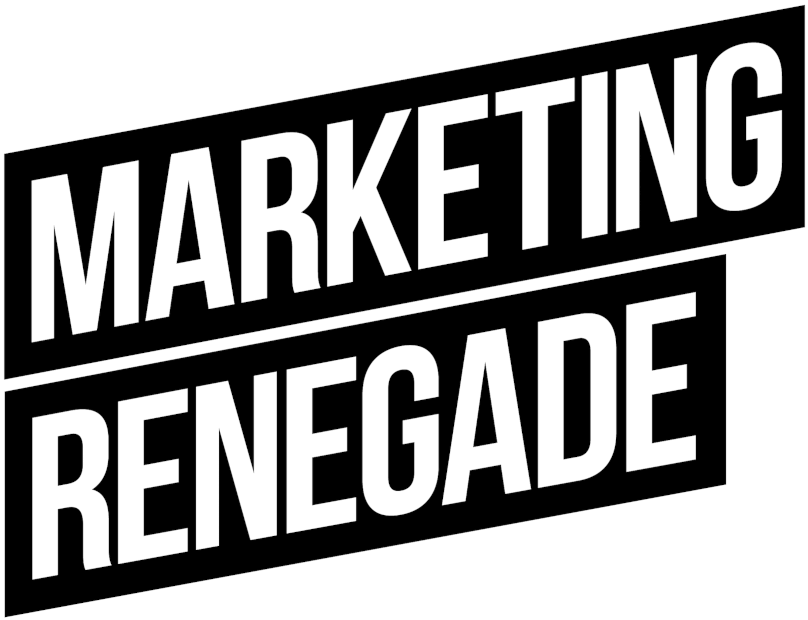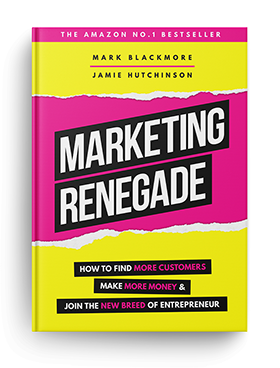The Marketing Technology of the Future and How Your Business Can Benefit
It wasn’t that long ago that a mobile-friendly website and a Facebook page were all you needed to be considered futureproof from a marketing viewpoint. But with smartphone sales stagnating (most likely because we’ve reached smartphone saturation point), other disruptive technologies are set to shake things up, bringing with them some pretty incredible ways to connect with and wow your customers.
The future of marketing is frickin’ exciting. But only if you’re cool with acronyms; VR, AR and IVI make up the new wave of technologies to go mainstream in the next couple of years, changing the way you market your business in a big way. Let’s take a look at each one…
Virtual Reality
Just ten years ago, the idea of using a virtual reality headset to take a tour of a hotel you’re considering staying in, or to wander around that new kitchen you’ve been dreaming of seemed like a fanciful idea. But consumer-ready VR has arrived and the market is growing at an astonishing rate.
Experts predict that by 2020, the world of virtual reality software will be a $24.5bn market, with more than 200m VR headsets sold worldwide. It may still be far behind the expected 6.1bn smartphone users that we’ll see in 2020, but 200m is more than likely just the tip of the iceberg.
So how can businesses make use of VR? There are already some great examples out there. Concert promoters Live Nation are expected to live stream 10 popular concerts using VR apps and headsets, via their own channel, with users paying for access. Production-driven businesses are using VR for simulations, testing and examining products under a range of different conditions. North Face, the outerwear brand, offers a VR experience in its stores, giving people the chance to see how it feels to rock climb in Yosemite before they buy a jacket or backpack.
Perhaps the most exciting opportunities are those that offer a virtual reality ‘taster’ without the consumer leaving the comfort of their sofa. Hotels can offer a guided tour of their facilities, gyms can let you have a wander around and check out their equipment, you could sit inside the new Tesla, choose your seat at the cinema or on a flight, by actually sitting in it.
Augmented Reality
Many people confuse VR and AR – the two have similarities but are quite different. AR stands for Augmented Reality – it essentially uses digital technology to create an ‘enhanced’ version of reality, overlaying virtual assets on top of the real world. (Whereas VR is 100% virtual – the whole experience is digital.) Pokemon Go is a great example of Augmented Reality in mainstream culture – the game created a version of reality where you could ‘see’ the creatures in your real surroundings, through the lens of your smartphone camera.
AR is developing fast. Using AR glasses like HoloLens, you’ll be able to see text messages, emails, apps and web pages floating in mid-air in front of you in the near future. This ‘overlaying’ of virtual content into your own physical world, naturally, gives businesses the chance to create some incredibly immersive experiences for customers. In fact, augmented reality is arguably a safer bet for businesses than virtual reality – as consumers are already using it in their millions, with AR experiences in Instagram, Snapchat and Pokemon Go proving to be enormously successful.
Of course, using AR to see what you look like with a kitten’s nose and whiskers on Instagram is one thing. Using AR to drive sales is another. Cinema chains are already using augmented reality, with movie posters acting as the triggers to bring up trailers, movie schedules and ticket purchasing options there and then. Retailers are introducing augmented reality into their stores, allowing customers to point their smartphones at certain products to learn more about them or see product demonstrations. Perhaps the biggest opportunities for AR are in the in e-commerce space, as you will be able to ‘try on’ a jacket or a dress instantly. Or see what that new sofa will look like in your lounge before you buy it. Augmented reality is going to make marketing more powerful and exciting than ever before.
IVI's
We’ve already covered the rise of voice-activated personal assistants on this blog – these fall under IVI's: Intelligent Verbal Interfaces. This technology is expected to drastically reduce the amount of time we spend tapping on keyboards or clicking with cursors, allowing us to control pretty much all of our devices with our voices alone.
By 2021, it’s expected that there’ll be more than 7.5bn digital assistants installed on devices around the globe – that includes Siri, Cortana, Alexa and the range of other voice-activated assistants that are popping up.
Increasingly, people will ask their digital assistant for recommendations for a particular product or service, and, using artificial intelligence and previous purchase and selection data, the digital assistant will make an educated guess at the best option for that specific individual.
The proliferation of IVI's represents one of the biggest shake-ups in the world of marketing for decades. The move away from typing into our devices and speaking to them instead opens up a whole new area of marketing that simply didn’t exist before.
In the same way that the first businesses who grasped the power of Adwords or SEO in the early days rode out as clear winners just a few years later, the business owners and marketers that take the time to understand and master this new marketing frontier will reap the rewards.


.jpg)

.jpg)
.jpg)
.jpg)